Home>Gardening & Outdoor>Landscaping Ideas>Should I Use Straw When Planting Grass Seed
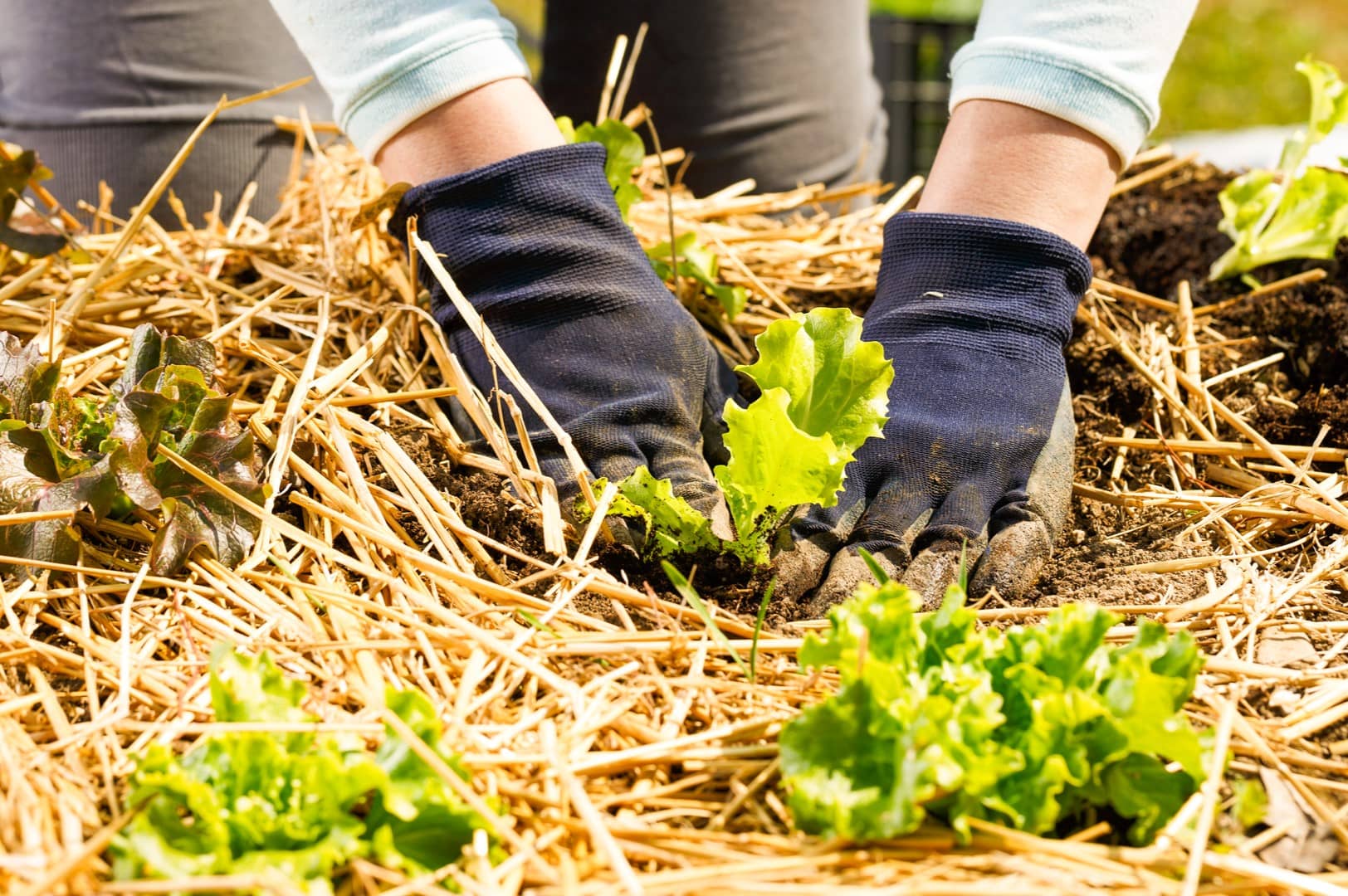

Landscaping Ideas
Should I Use Straw When Planting Grass Seed
Modified: February 18, 2024
Discover the benefits of using straw when planting grass seed and get expert landscaping ideas to achieve a lush, healthy lawn. Explore the best practices for successful grass seed planting.
(Many of the links in this article redirect to a specific reviewed product. Your purchase of these products through affiliate links helps to generate commission for Storables.com, at no extra cost. Learn more)
Introduction
Read more: When Should I Plant Onion Seeds
Introduction
Planting grass seed is an exciting endeavor that promises lush, green lawns and vibrant landscapes. As you prepare to sow the seeds of your dreams, you may wonder whether using straw as a planting aid is beneficial. This article will explore the pros and cons of using straw when planting grass seed, as well as alternative methods to help you make an informed decision for your landscaping project. Let's delve into the world of grass seed planting and discover the best practices for achieving a thriving, verdant lawn.
Key Takeaways:
- Using straw when planting grass seed can help retain moisture, prevent erosion, and regulate temperature, but it may also introduce weed seeds and attract pests. Consider alternative methods for successful grass seed establishment.
- Alternative methods like erosion control blankets, hydroseeding, compost applications, cover crop mixtures, and biodegradable mulches offer diverse options for promoting healthy grass seed growth without relying on traditional straw coverings.
Benefits of Using Straw When Planting Grass Seed
When it comes to planting grass seed, using straw as a protective covering offers several advantages that can contribute to the success of your lawn establishment. Here are some key benefits of incorporating straw into your grass seed planting process:
- Moisture Retention: Straw acts as a natural insulator, helping to retain moisture in the soil. This can be especially beneficial during the germination phase, as adequate moisture is essential for the seeds to sprout and establish healthy root systems.
- Erosion Control: By creating a protective barrier over the seeded area, straw helps prevent soil erosion caused by wind and water. This is particularly valuable on sloped or vulnerable terrain where soil stability is crucial for successful seed germination.
- Temperature Regulation: The layer of straw provides thermal insulation, shielding the soil and newly planted seeds from extreme temperature fluctuations. This can promote more consistent and favorable conditions for germination and early growth.
- Weed Suppression: Straw can help inhibit the growth of weeds by blocking sunlight and creating a physical barrier. This reduces competition for resources and gives the grass seedlings a better chance to thrive without being overshadowed by invasive plants.
- Protection from Birds and Small Animals: The presence of straw can deter birds and small animals from foraging on the freshly seeded area, minimizing the risk of seed consumption or disturbance.
These benefits collectively contribute to creating a nurturing environment for grass seed germination and early growth, setting the stage for a healthy and resilient lawn. While using straw can be advantageous, it is important to consider potential drawbacks and alternative methods to make an informed decision based on your specific landscaping needs and goals.
Drawbacks of Using Straw When Planting Grass Seed
While straw can offer valuable benefits when used as a planting aid for grass seed, it is important to be aware of potential drawbacks that may arise from its application. Understanding these limitations can help you make an informed decision and explore alternative methods to achieve successful grass seed establishment. Here are some common drawbacks associated with using straw when planting grass seed:
- Weed Seed Contamination: Straw may contain weed seeds, which can inadvertently introduce unwanted plants to the seeded area. This can lead to weed competition and necessitate additional weed management efforts.
- Attracting Pests: The presence of straw can attract pests such as rodents, insects, and certain bird species, which may disrupt the seedbed or cause damage to the emerging grass seedlings.
- Inconsistent Decomposition: Depending on the type of straw used, inconsistent decomposition rates may result in uneven coverage or the formation of thatch, potentially impeding the growth of the grass seedlings.
- Maintenance Challenges: Managing the application and eventual removal of straw can pose logistical challenges, especially if not properly executed. This may require additional time and effort to address, impacting the overall maintenance of the seeded area.
- Aesthetic Considerations: In some cases, the presence of straw may not align with the desired aesthetic for the landscape, particularly in more formal or ornamental settings.
It is essential to weigh these drawbacks against the potential benefits of using straw and consider whether the associated trade-offs align with your landscaping goals and preferences. Exploring alternative methods for promoting successful grass seed establishment can provide valuable insights and options for tailoring your approach to suit your specific needs.
Using straw when planting grass seed can help retain moisture, protect the seeds from birds, and prevent erosion. However, make sure to use clean straw to avoid introducing weed seeds to your lawn.
Alternatives to Using Straw When Planting Grass Seed
Exploring alternative methods for planting grass seed can offer valuable options to address specific landscaping needs and preferences, especially for those considering options beyond using straw. Here are several effective alternatives to consider when establishing grass seed without relying on straw:
- Blanket or Matting Products: Biodegradable erosion control blankets or mats provide a protective covering for newly seeded areas, offering benefits similar to straw while minimizing the risk of weed seed contamination and potential pest attraction.
- Hydroseeding: Hydroseeding involves spraying a mixture of grass seed, mulch, fertilizer, and water onto the soil surface, creating a nutrient-rich environment that promotes seed germination and establishment without the need for traditional straw coverings.
- Compost: Applying a thin layer of compost over the seeded area can offer moisture retention, erosion control, and nutrient-rich support for grass seed germination and early growth, serving as a natural alternative to straw coverings.
- Cover Crop Mixtures: Planting cover crop mixtures, such as annual ryegrass or clover, can provide protective ground cover and beneficial interactions with the grass seed, offering natural erosion control and weed suppression without the use of traditional straw coverings.
- Biodegradable Mulches: Utilizing biodegradable mulch materials, such as wood fibers or recycled paper, can offer protective coverage for newly seeded areas while minimizing the potential drawbacks associated with using straw.
These alternative methods present diverse approaches to promoting successful grass seed establishment, each offering unique benefits and considerations to align with specific landscaping goals and environmental factors. By exploring these alternatives, you can tailor your approach to grass seed planting and select the method that best suits your preferences and the needs of your landscape.
Read more: When Should I Plant Wildflower Seeds
Conclusion
As you contemplate the best approach for planting grass seed and nurturing a thriving lawn, it is essential to weigh the benefits, drawbacks, and alternatives related to using straw as a planting aid. While straw can offer valuable moisture retention, erosion control, and weed suppression benefits, it is important to consider potential drawbacks such as weed seed contamination, maintenance challenges, and aesthetic considerations.
Exploring alternative methods, including erosion control blankets, hydroseeding, compost applications, cover crop mixtures, and biodegradable mulches, presents diverse options for promoting successful grass seed establishment without relying on traditional straw coverings. Each alternative method offers unique advantages and considerations, allowing you to tailor your approach to align with your specific landscaping goals and environmental considerations.
By evaluating the pros and cons of using straw, as well as exploring alternative methods, you can make an informed decision that aligns with your preferences and the unique needs of your landscape. Whether you opt for traditional straw coverings, innovative alternative methods, or a combination of approaches, your thoughtful consideration and informed choice will contribute to the successful establishment of a vibrant and resilient lawn, bringing your landscaping aspirations to life.
Frequently Asked Questions about Should I Use Straw When Planting Grass Seed
Was this page helpful?
At Storables.com, we guarantee accurate and reliable information. Our content, validated by Expert Board Contributors, is crafted following stringent Editorial Policies. We're committed to providing you with well-researched, expert-backed insights for all your informational needs.
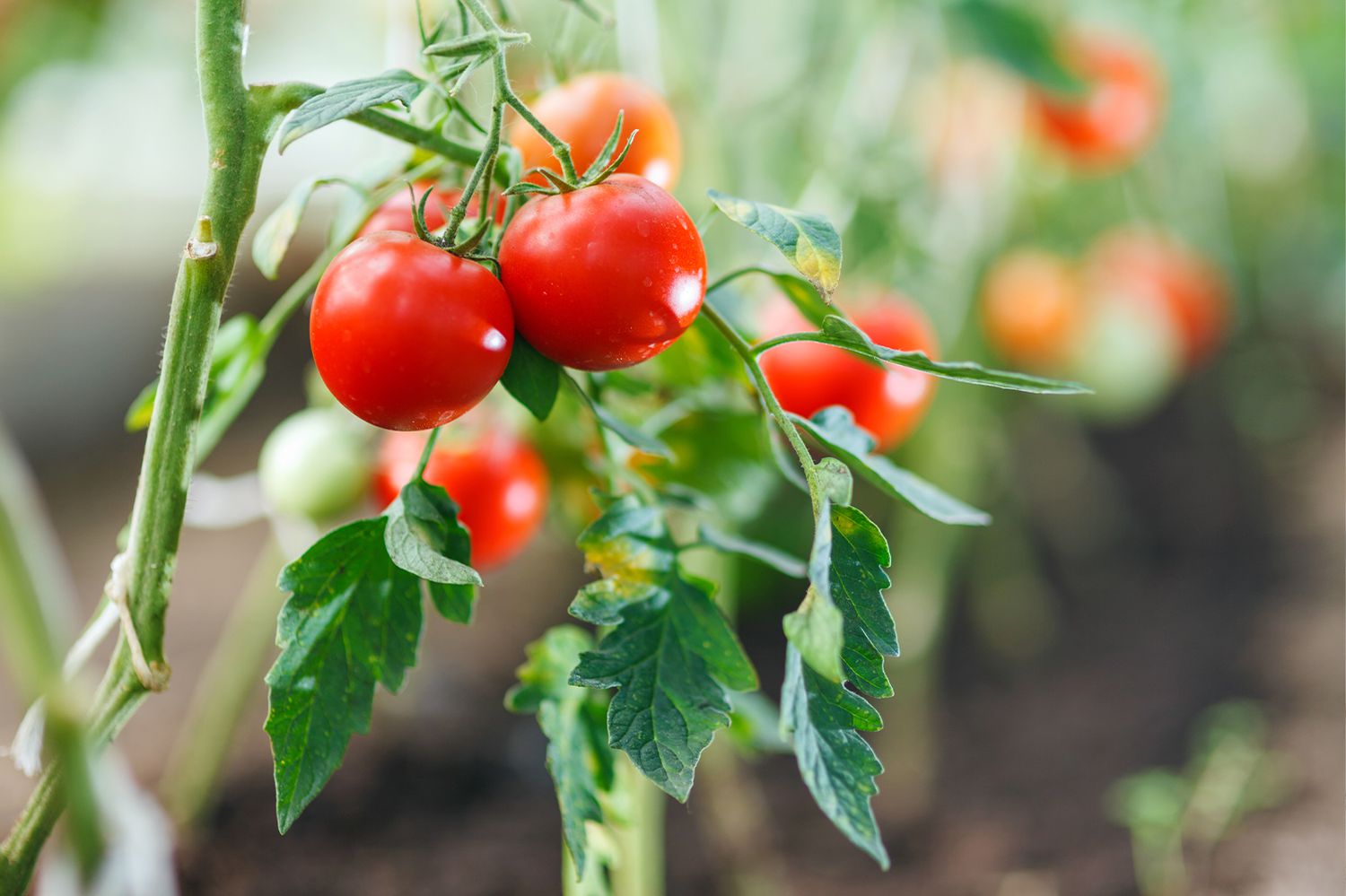
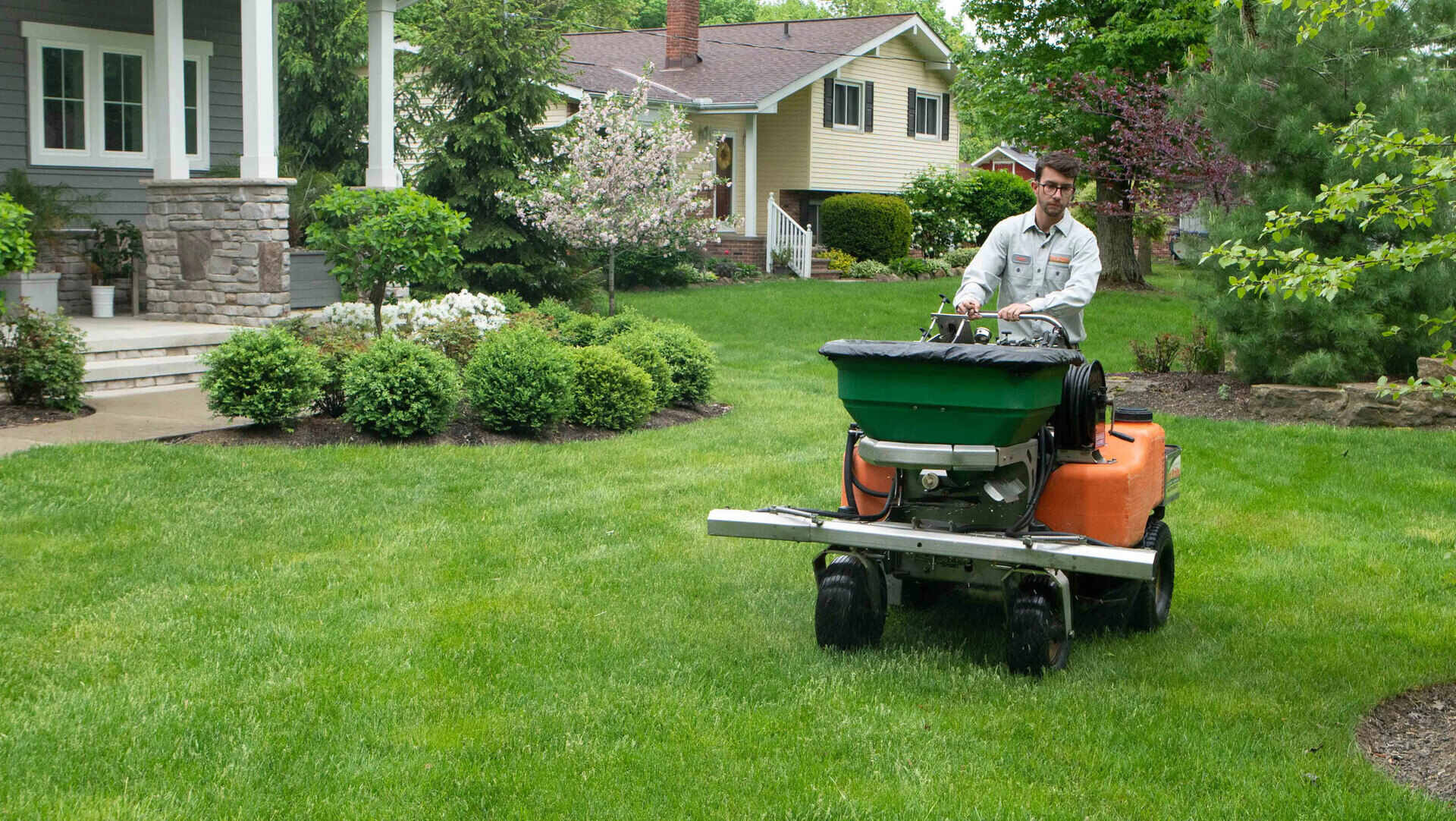
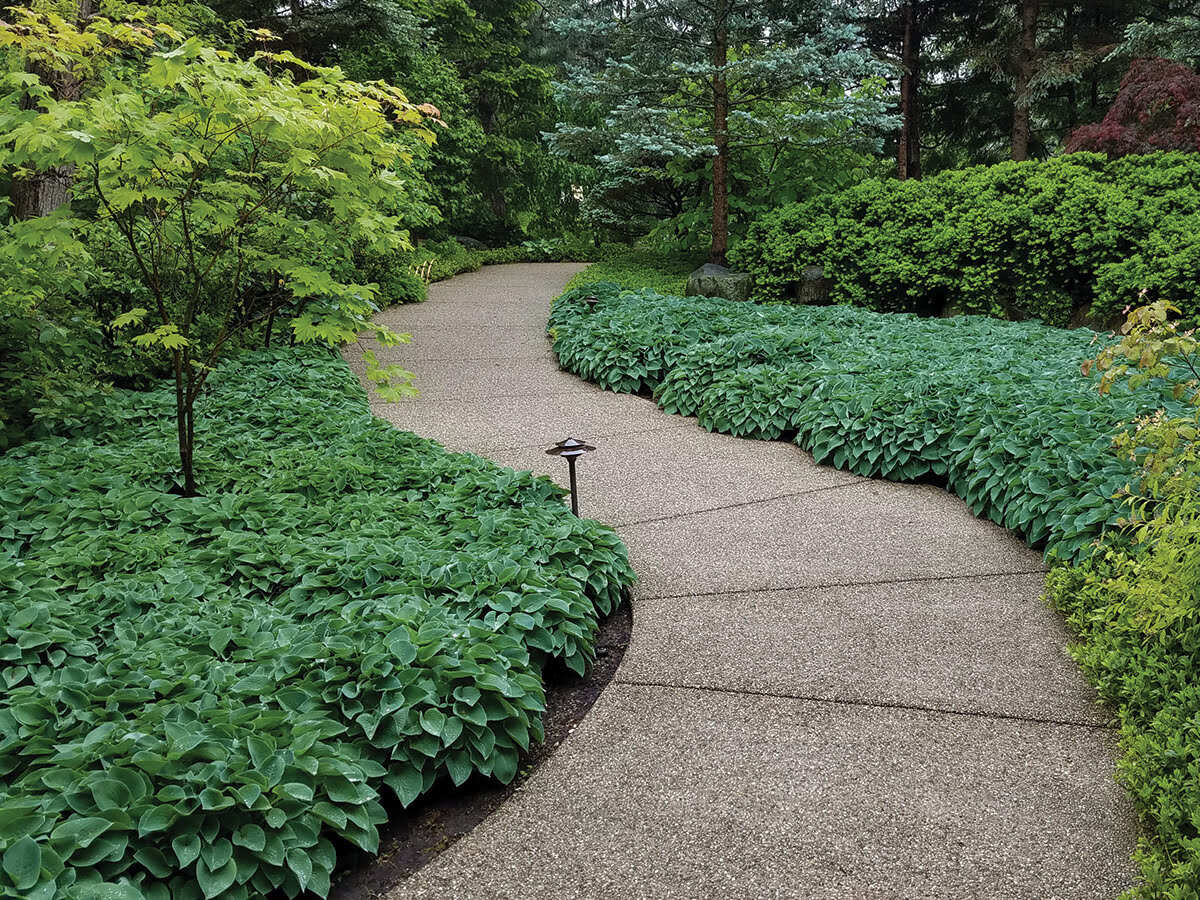
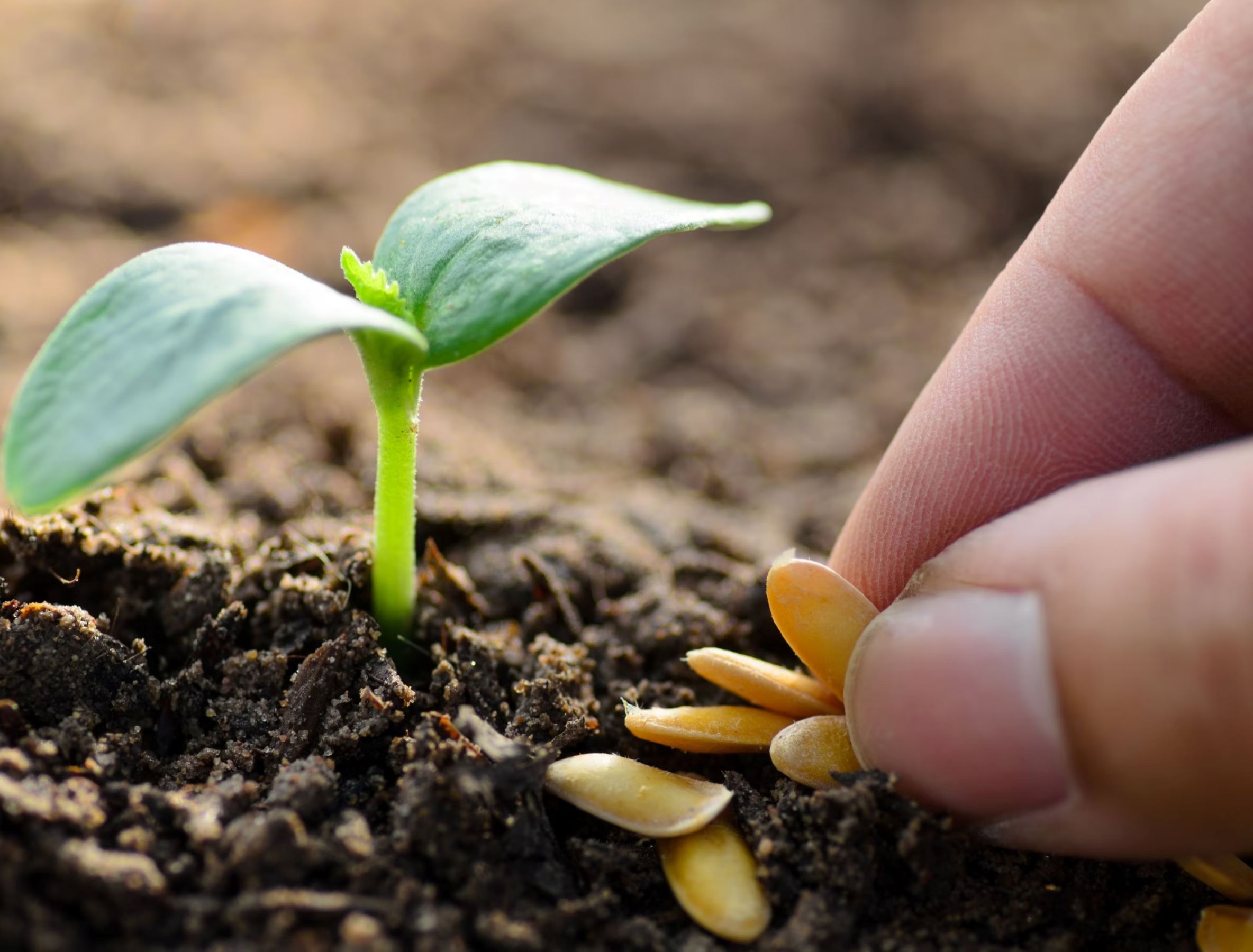
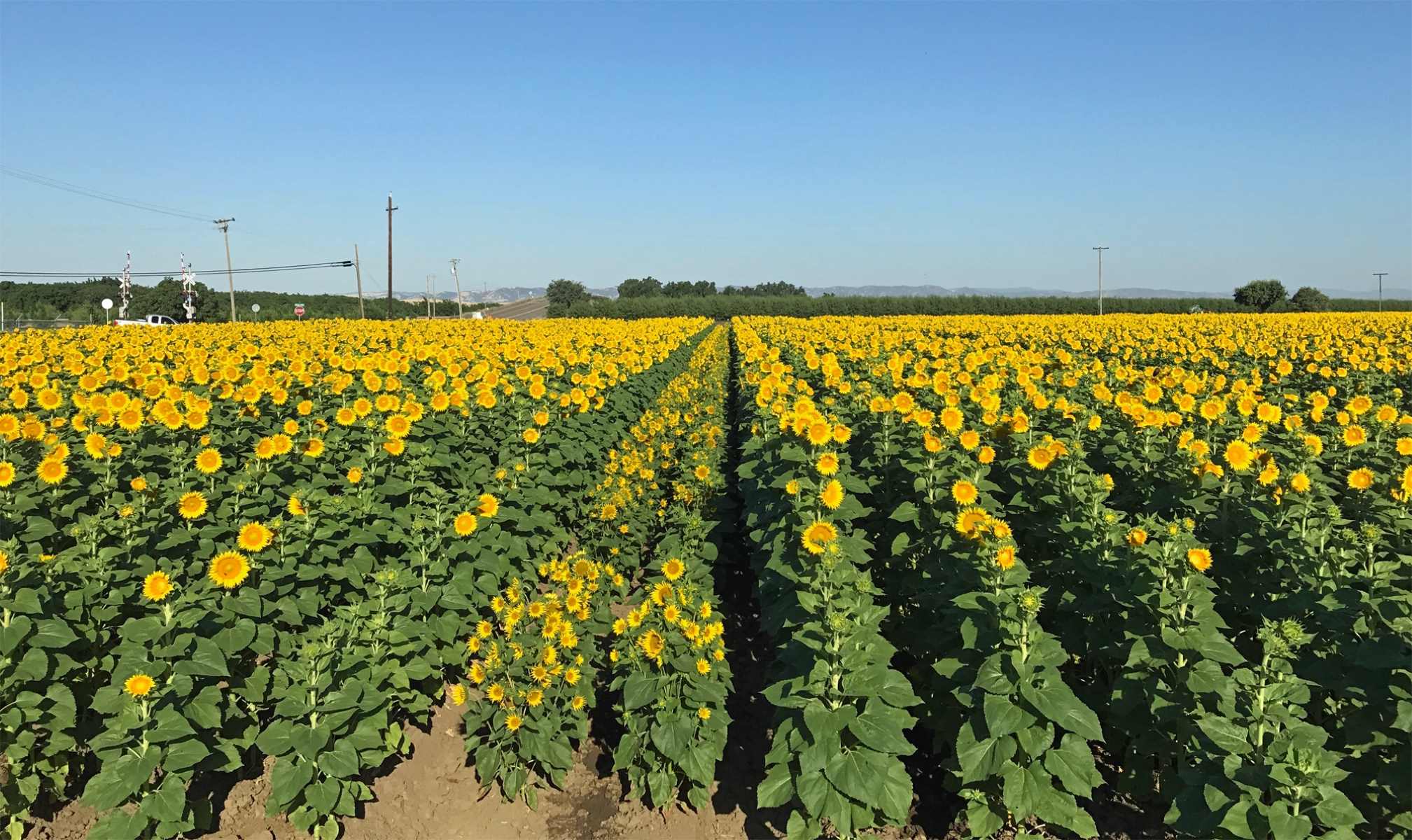
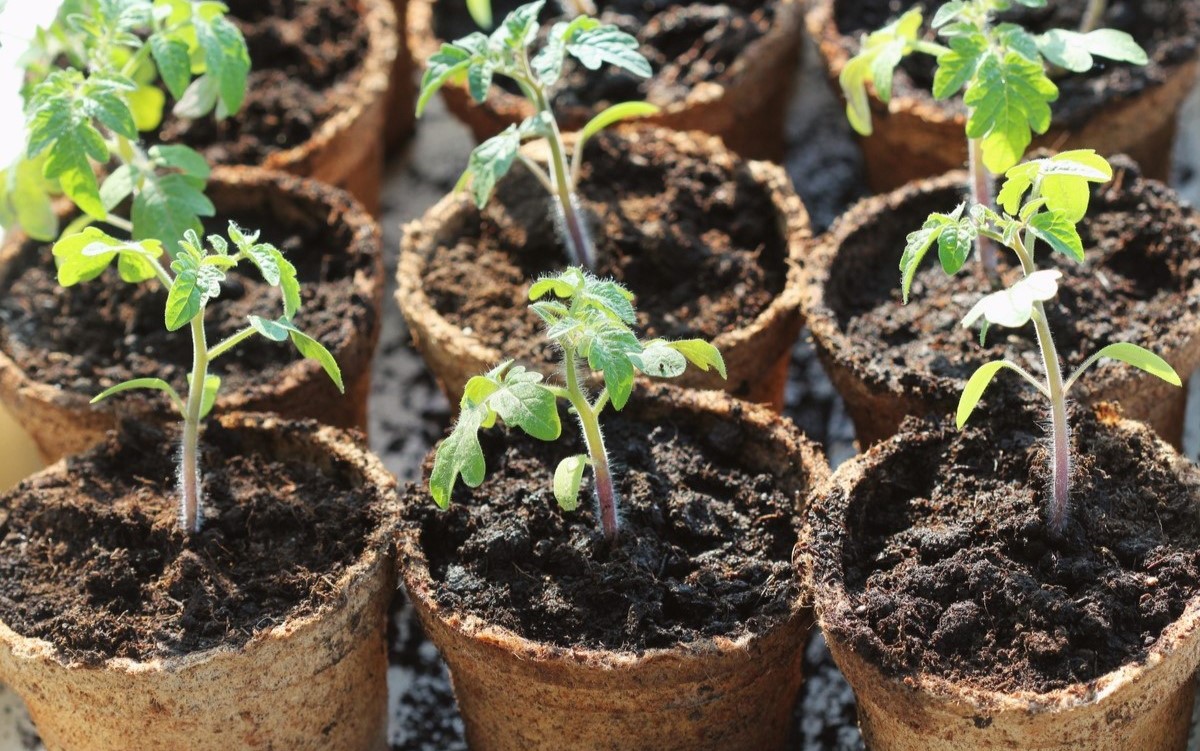
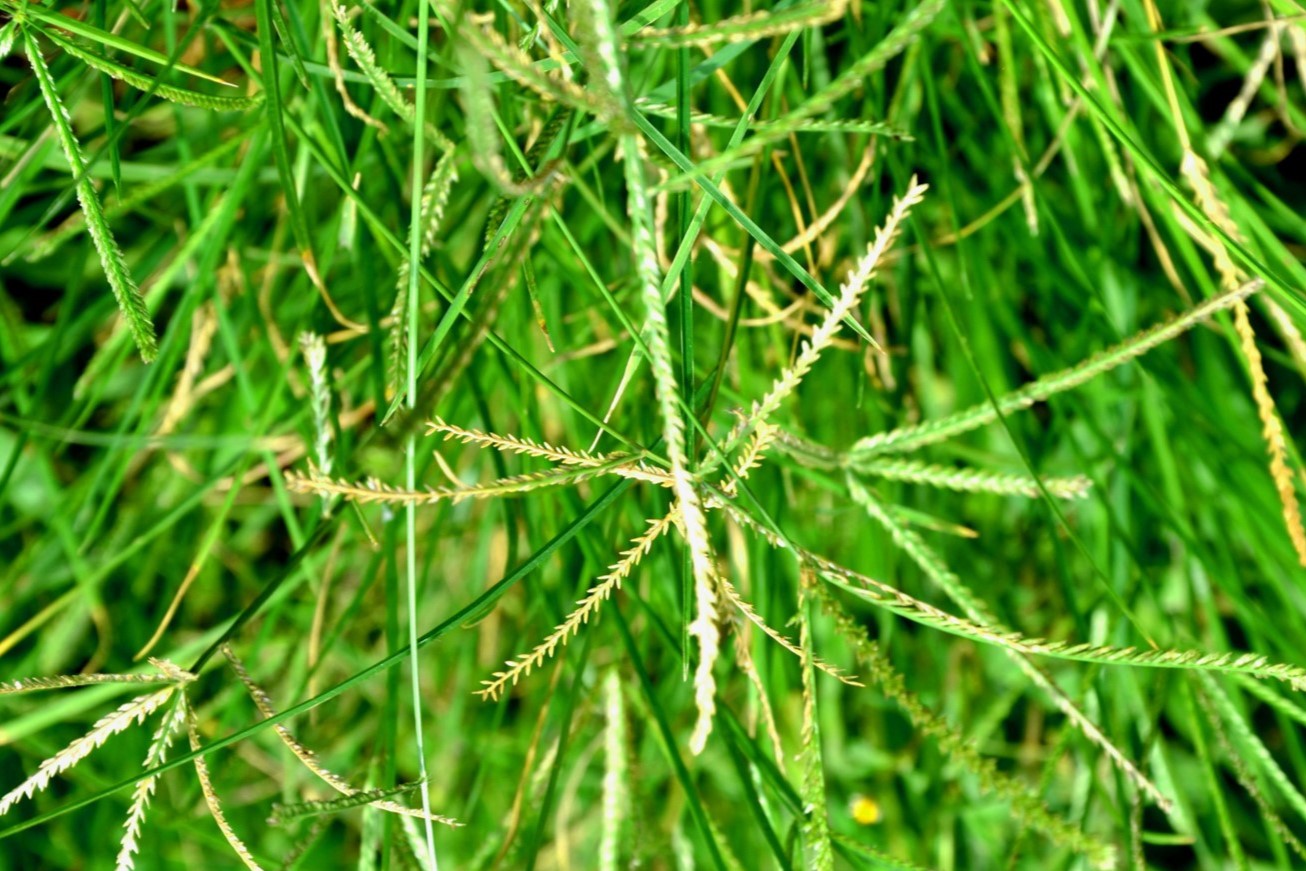
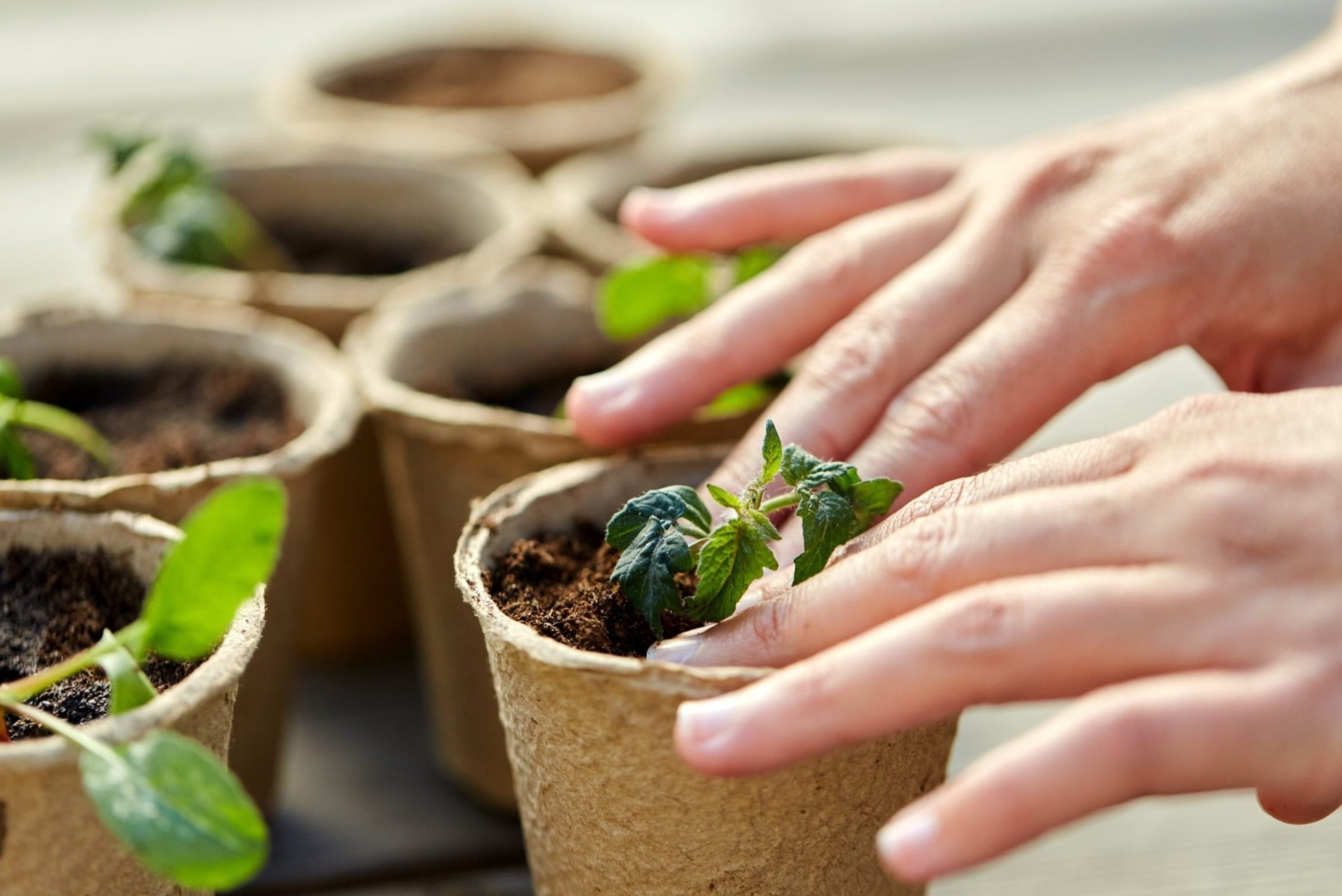
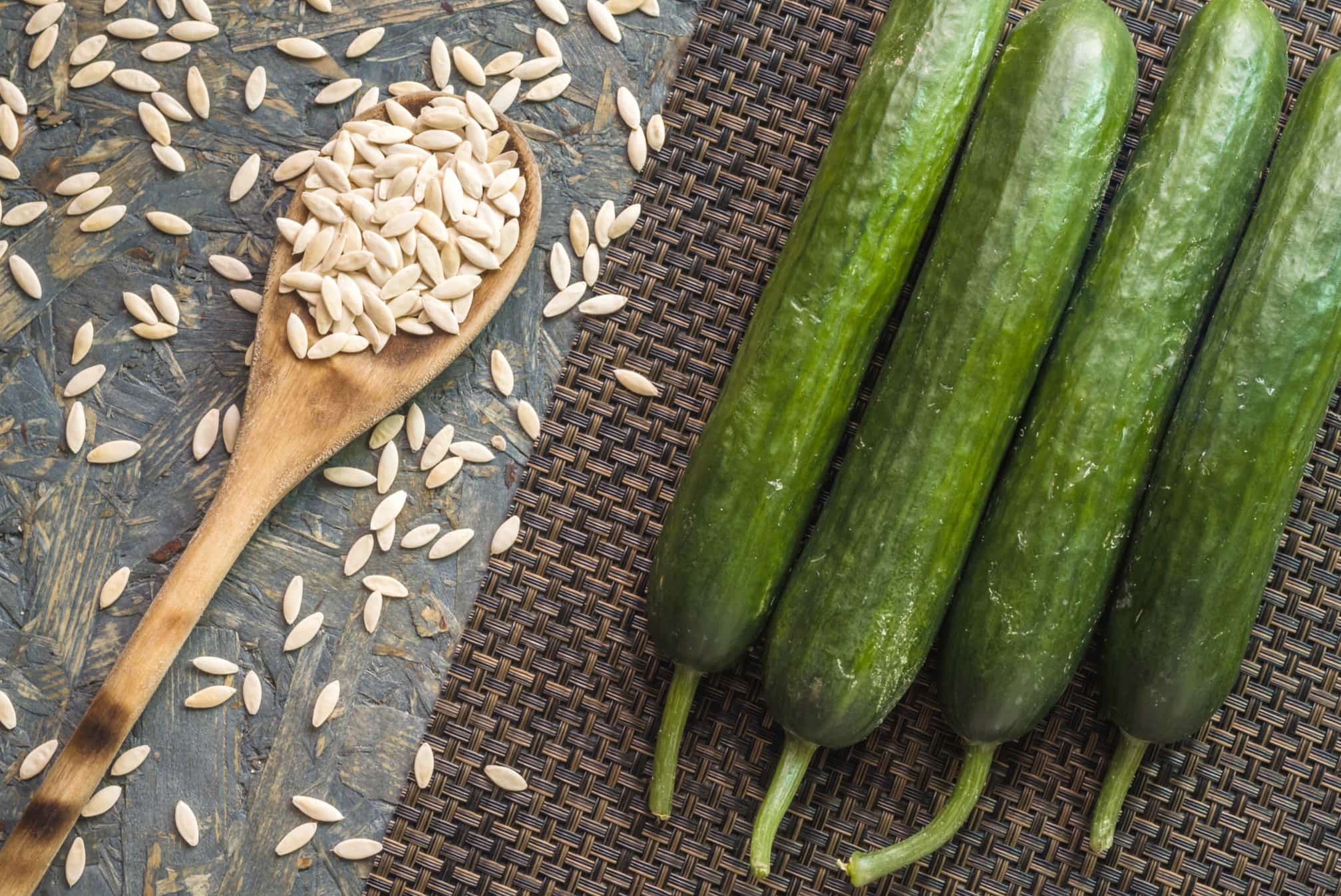
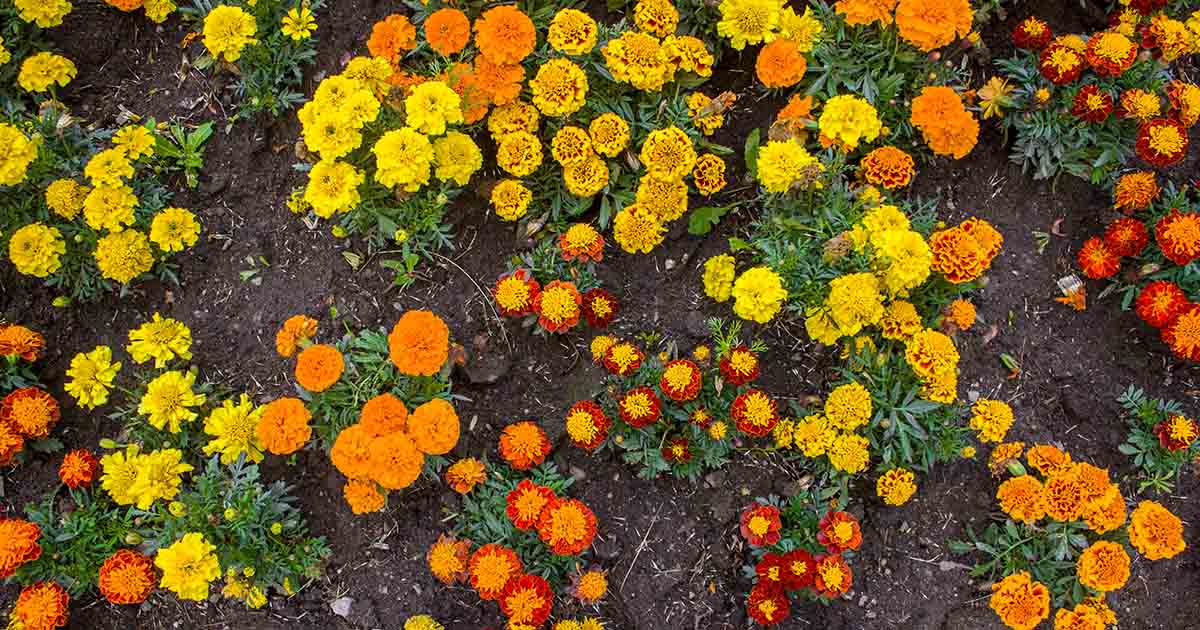
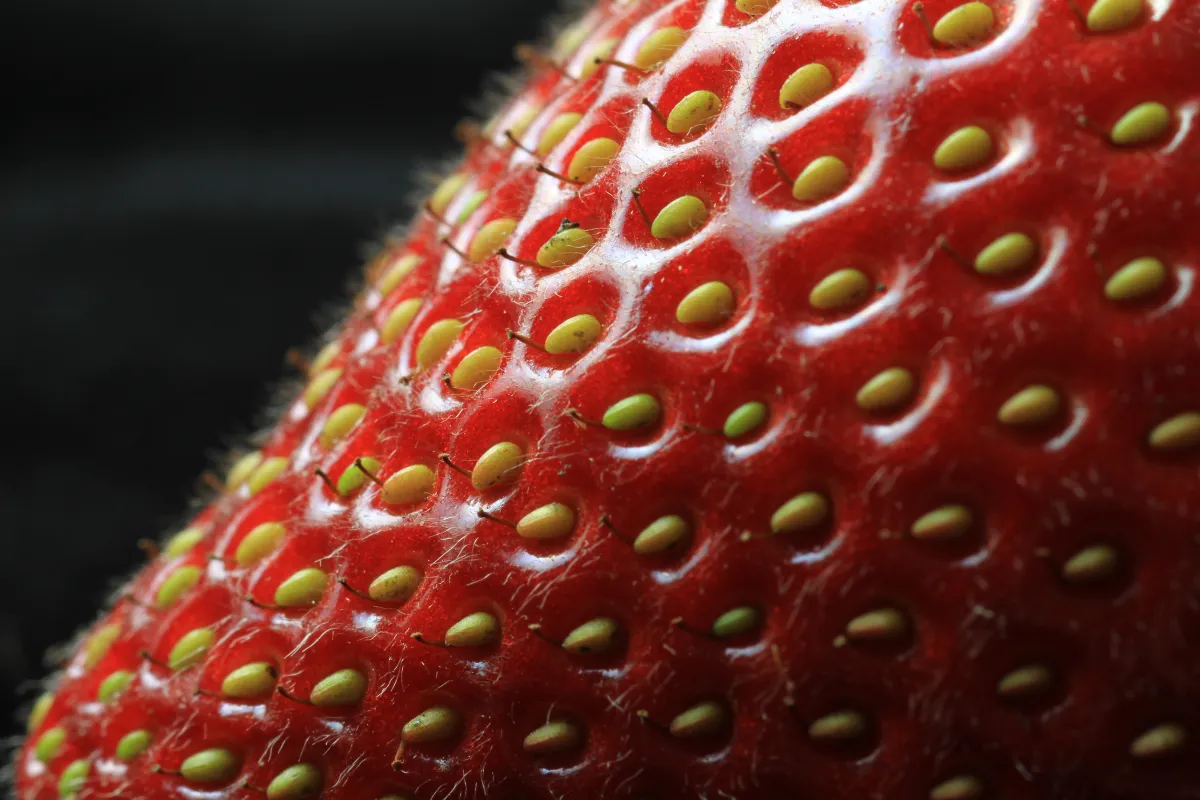
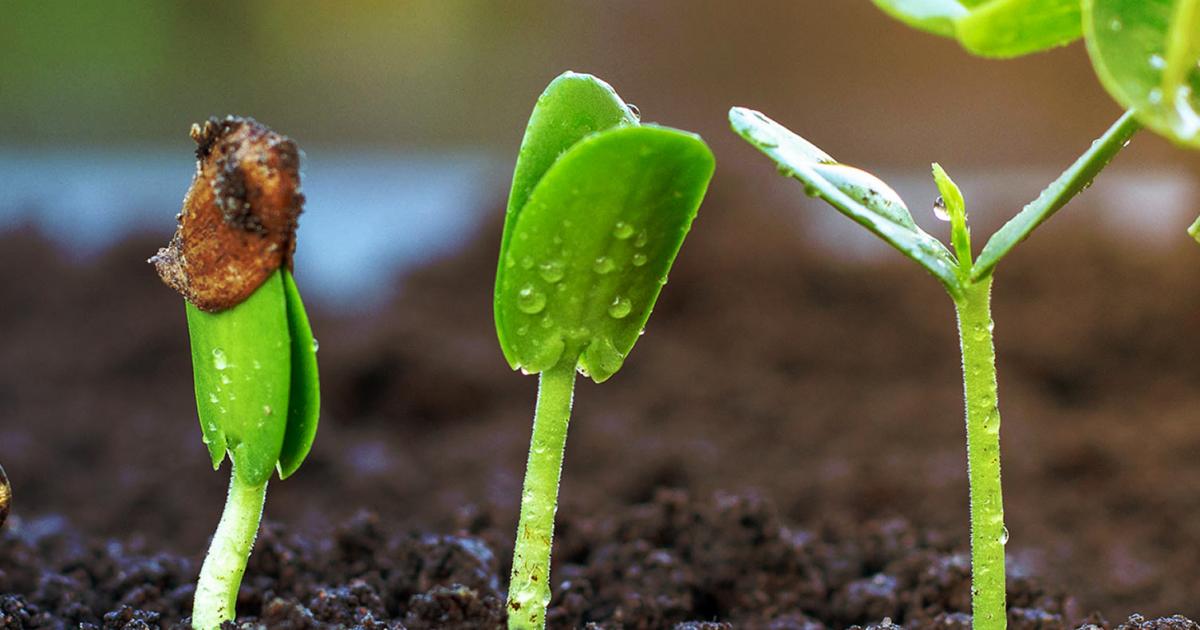
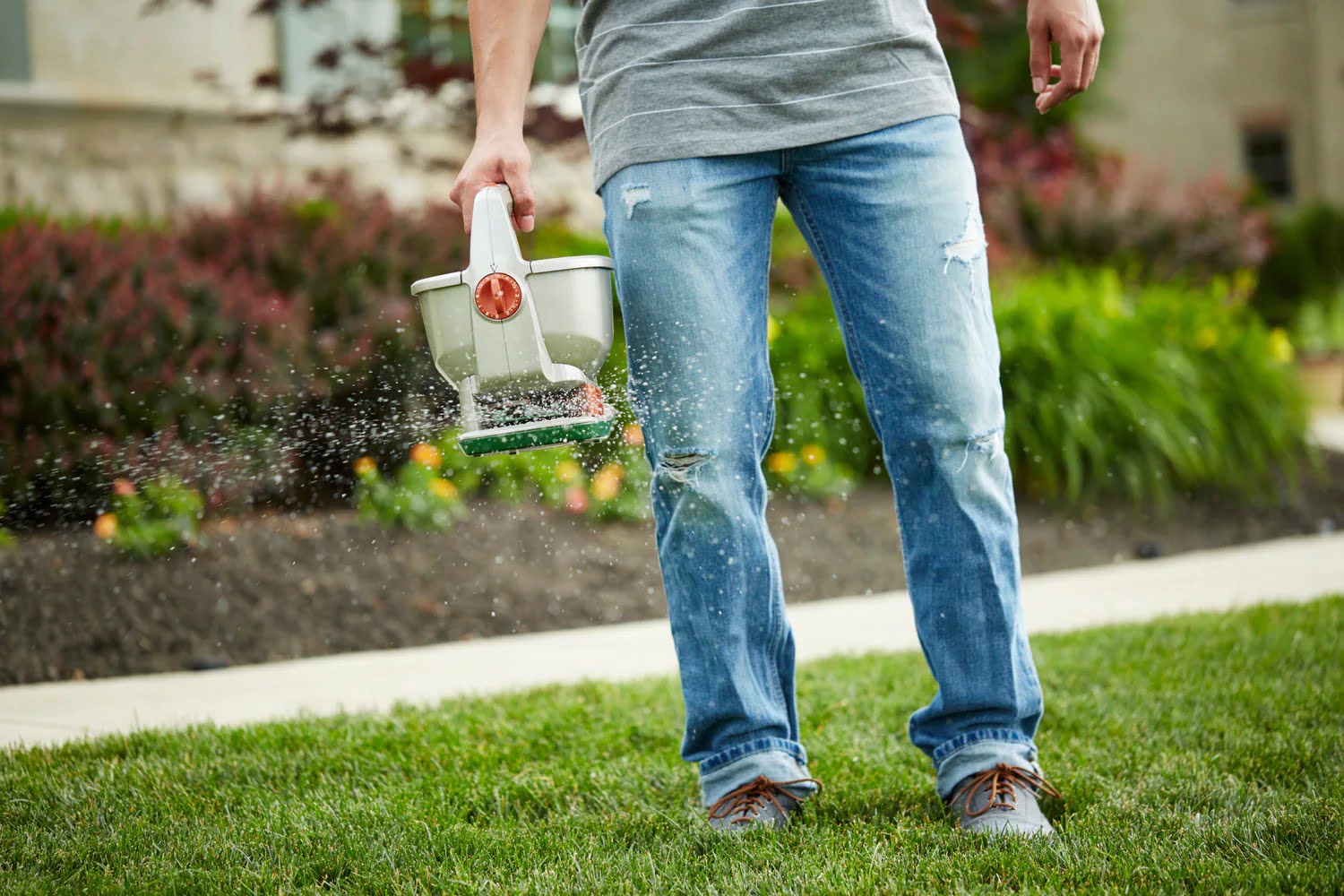
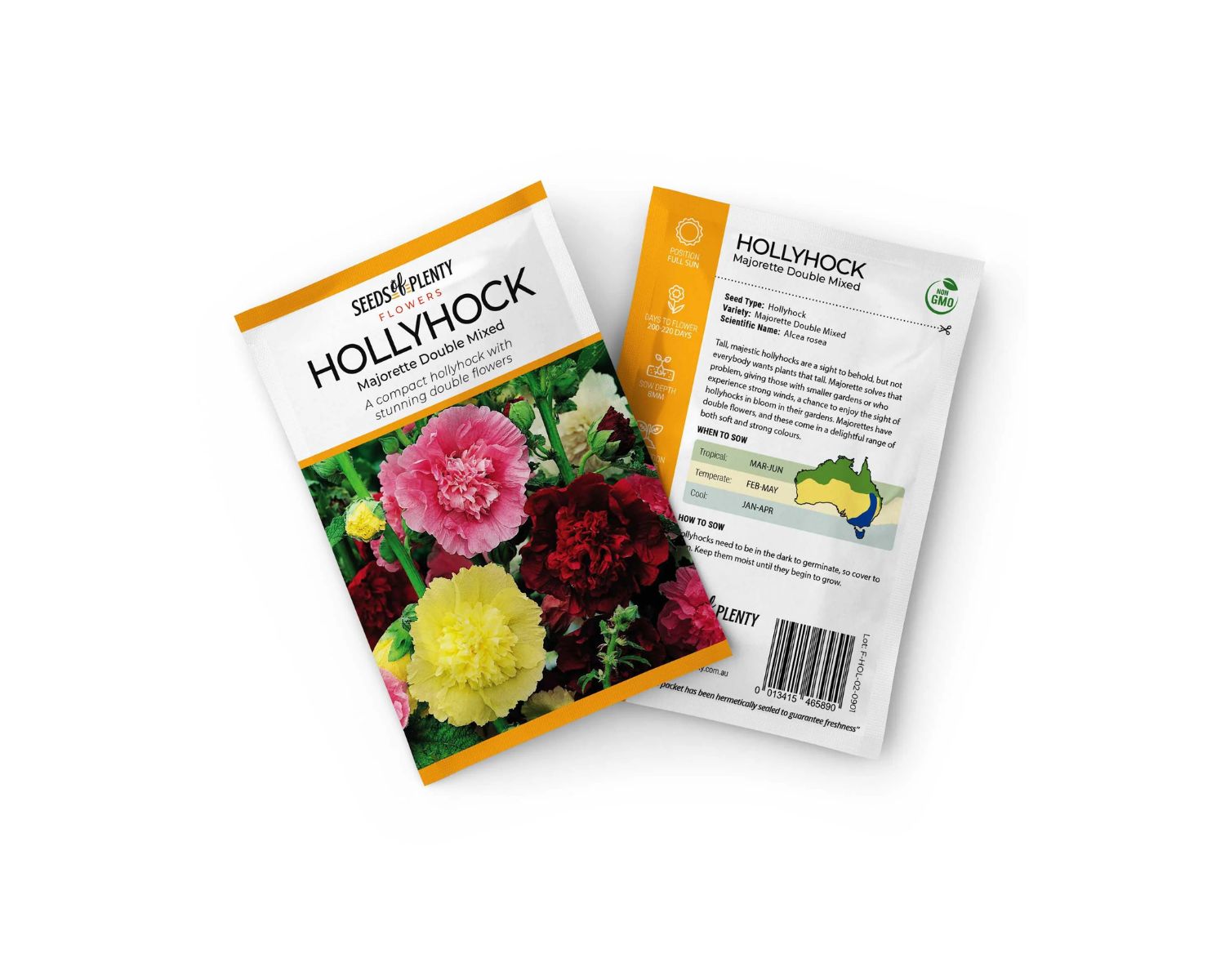

0 thoughts on “Should I Use Straw When Planting Grass Seed”